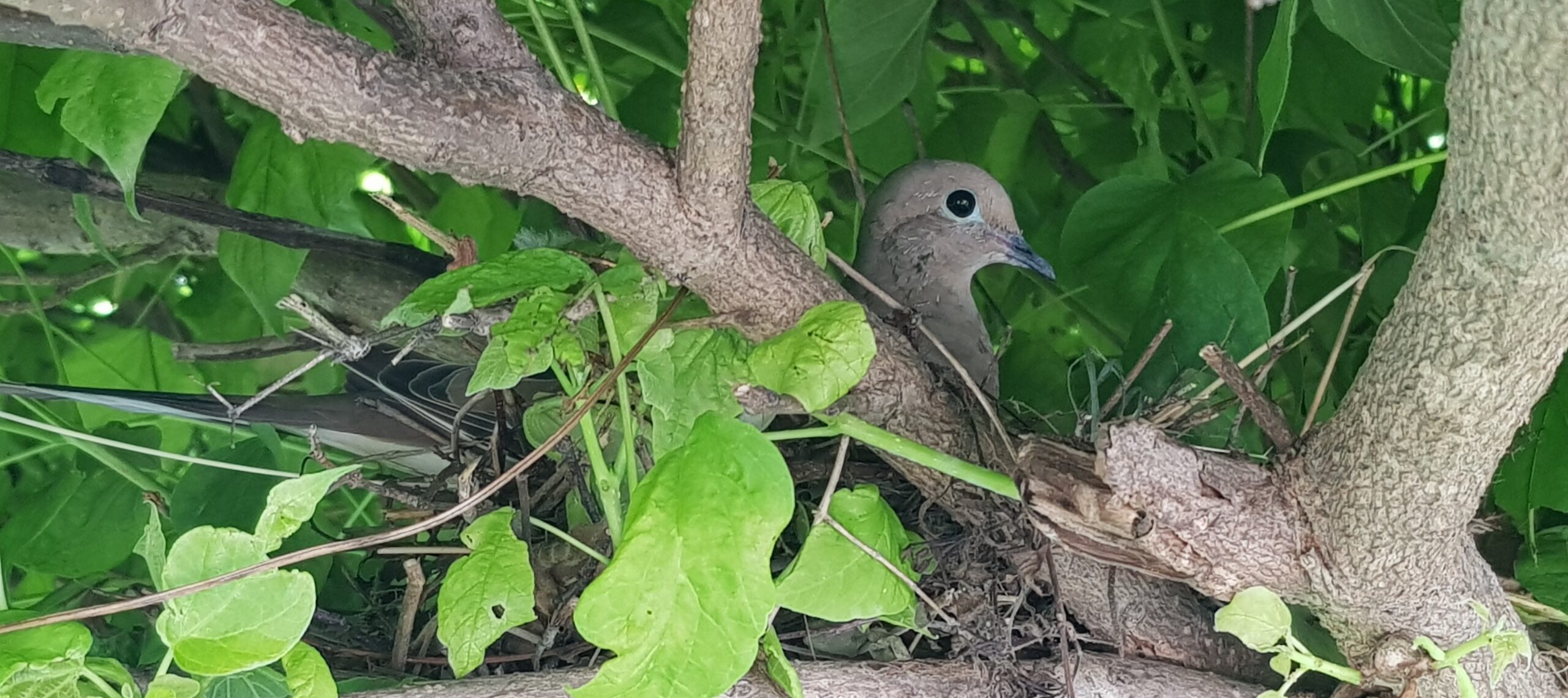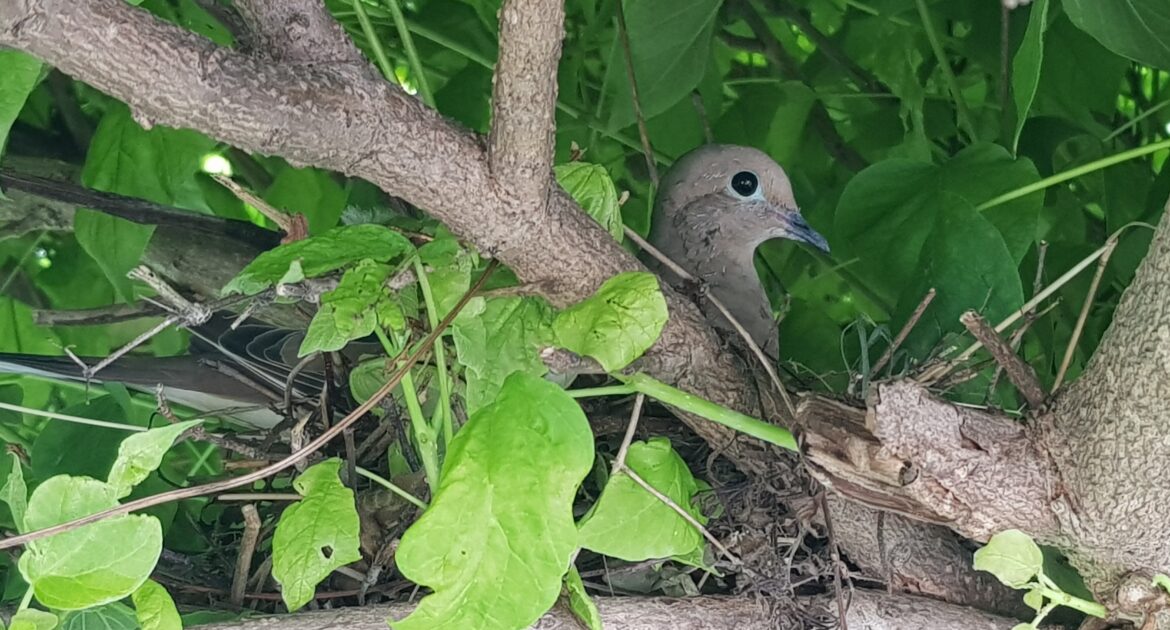Montreal’s vibrant natural spaces offer a delightful fusion of urban living and an interconnected natural ecosystem, making the city a haven for bird watchers and nature enthusiasts alike. If you’ve explored Mount Royal Park or walked along the Lachine Canal, you may have noticed birds darting to and from their intricate nests. Understanding bird nests in Montreal not only enhances your appreciation for the city’s feathered inhabitants, but it also informs how we as homeowners can thoughtfully coexist with them.
This Montreal birdwatching guide dives into the types of bird nests you’re likely to encounter and how you can help keep both your home and our city’s wildlife safe and harmonious. Our experts in wildlife control in Montreal have extensive knowledge about birds and how to coexist in the city.
Bird Nests in Montreal
Across Montreal, many bird species build spectacular nests using creativity, resilience, and materials that range from twigs to fibres discarded by humans. Each type of bird constructs its nest in a way that best suits its species-specific needs for safety, shelter, and reproduction. From the eye-catching oriole nests swaying in branches to the neatly tucked sparrow nests in shrubs, the variety is astounding.
Prominent nesting spots depend on the diverse environments Montreal offers. Areas like Mount Royal Park and Parc Jean-Drapeau feature tall trees, shrubs, and open spaces that are prime nesting locations for birds both small and large. Closer to the St. Lawrence River, common favourite inhabitants include ducks that construct ground nests near water sources. These nests become focal points for anyone with binoculars seeking Montreal’s feathered wildlife.
Common Materials Used for Nests
You might not realize it when admiring a nest, but birds use creative solutions to construct their homes. Montreal birds access a wide selection of materials to build strong and insulated nests, such as:
- Twigs, grass, and leaves for structural support
- Spider webs to bind materials
- Feathers for insulation
- Mud for added stability and protection
Unfortunately, we’ve also noted cases of litter becoming part of nests, so efforts to minimize waste in nature areas indirectly help these structures remain safe and natural for wildlife!
How to Spot High-Risk Nesting Areas Near Your Home
Within residential neighbourhoods, certain areas seem more prone to nesting activity. Homeowners in leafy boroughs like Outremont or Côte-des-Neiges may notice increased activity in eaves, gutters, or rooftop corners. Gaps under rooflines, loose siding, and even laundry vents could inadvertently provide sheltered locations where birds gather materials and begin nesting. If these areas go unnoticed, nests can obstruct airflow in vents or weaken smaller areas of structural integrity.
Learning to spot these spaces early can save homeowners significant time and effort while enabling birds to relocate naturally, making it a balanced way to secure your property without disrupting local wildlife.
Montreal Birdwatching Guide
If the nests around your property have sparked your curiosity about Montreal’s prominent bird population, birdwatching offers an excellent opportunity to explore the habits of our feathered neighbours. From novice birdwatchers to experts, Montreal delivers ample opportunities to engage with its chirping community.
Best Birdwatching Spots in Montreal
Montreal boasts several spots beloved by birdwatchers, where simple walks can uncover incredible sights:
- Mount Royal Cemetery: Surprisingly, this serene space plays host to a variety of bird species. You may even catch sight of species that are especially rare in urban areas.
- Île-de-la-Visitation Nature Park: This riverside park is home to herons, woodpeckers, and other birds that nest closer to water. Take binoculars along the trails to view them in action.
- Technoparc Wetlands (just near Dorval): Probably the most bird-dense area, the wetlands see warblers, herons, and countless migratory birds in spring.
While strolling through these spots, you’ll see a range of nests beautifully integrated into trees, shrubs, or even hidden in marshes. One key tip for birdwatchers is to observe respectfully and avoid touching or disturbing nests, even if they seem abandoned.
Types of Bird Nests
Bird nests in Montreal reflect not only the diversity in bird species but also variations in creative nesting methods. While birds may share similar needs for nesting, they adapt their structures to the surrounding environment and local threats. Here are some common nest styles you may encounter across Montreal.
- Cup Nests
The quintessential nest type, cup nests are shaped like small bowls and are crafted from branches, grass, and soft linings like feathers. These are commonly made by sparrows, robins, and chickadees and can be sighted in shrubs or lower tree branches.
- Hanging Nests
Baltimore orioles are experts at weaving netted, hanging nests that swing from treetops. These intricate structures shield eggs from predators while making full use of Montreal’s abundant maple and oak trees.
- Platform Nests
Larger birds like herons, osprey, and eagles often craft platform nests. These broad, flat structures perch above open spaces, making high-rise buildings or taller trees along the St. Lawrence River favoured spots near downtown Montreal.
- Ground Nests
Common in ducks or quail, ground nests consist of soft depressions surrounded by grass or leaves. Parks near water, such as Lachine Rapids Park, often showcase birds using this practical nesting method.
- Cavity Nests
Woodpeckers carve cavity nests into tree trunks, but cavities left vacant sometimes host smaller species like nuthatches. If an open tree trunk isn’t available, they may craft similar, compact spaces within wooden parts of homes or sheds.
These distinct nesting methods are nature’s adaptation at its best, and understanding these can make nature walks even more immersive.
How Homeowners Can Protect Their Homes and Nests
Throughout Montreal’s residential areas, homeowners share their space with native wildlife. While this coexistence is fascinating, it also poses unique challenges. Understanding how to safeguard your home while preserving the beauty of surrounding bird communities is an essential step every homeowner should take.
Practical Tips for Managing Nesting Near Your Property
Here are some ways to prevent nests from accumulating in hard-to-reach or problematic areas:
- Secure roof openings and inspect vents to ensure no birds are nesting in chimneys or dryers.
- Trim overhanging branches close to upper windows. Birds cling to foliage protection and may move further away.
- Regularly maintain gutters and corners of your property. Birds often nest using unsuspected materials left inside these spots.
- Use humane deterrents or devices, like bird spikes near heavily trafficked ledges or ceiling corners.
For any advanced intervention, leave the task to wildlife professionals trained to ensure bird safety while preserving your residence’s clean, unobstructed zones.
Discover the Beauty of Montreal’s Birds Responsibly
Exploring the nests throughout Montreal allows us to better appreciate nature’s architectural wonders. Whether you’re an avid birdwatcher or simply a homeowner observing occasional chirps from the kitchen, nests represent Montreal’s commitment to a balanced urban ecosystem.
By following a responsible and proactive approach, we can protect our homes while coexisting beautifully with the local wildlife. If you need help securing your home this nesting season, reach out to us at Skedaddle for safe and humane solutions. Together, we can ensure both homes and natural habitats remain undisturbed.




